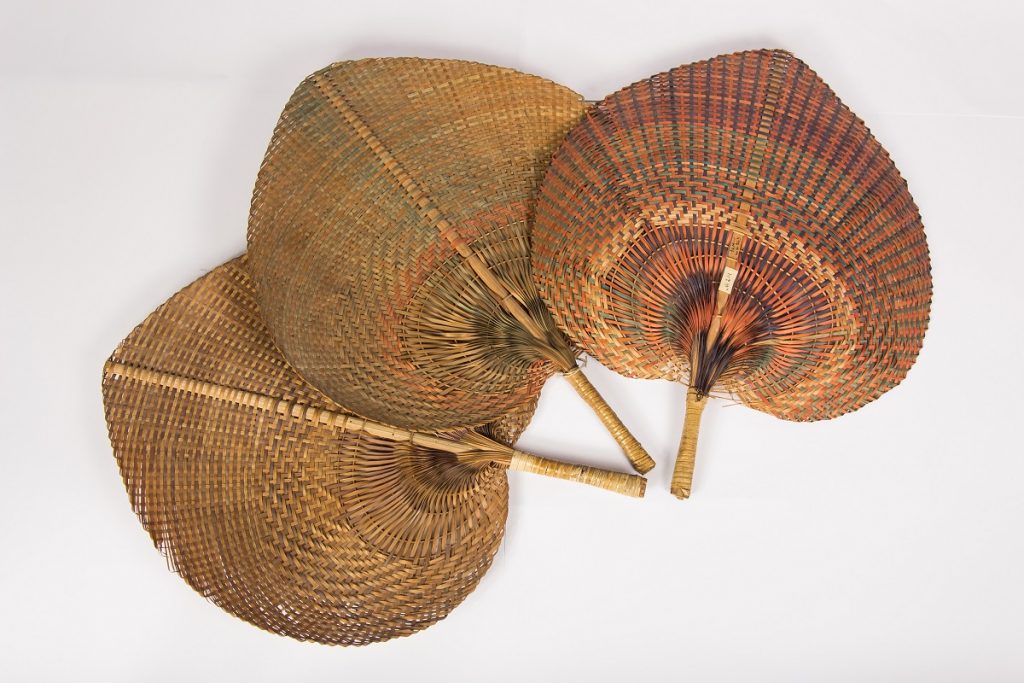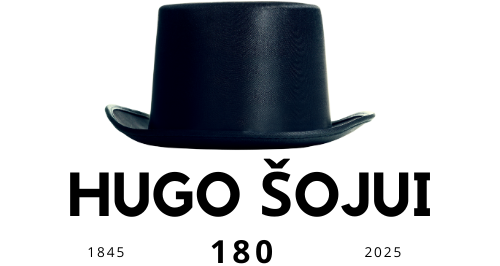
The technical inventions of the second half of the 19th century turned travel into a popular phenomenon and a part of everyday culture. In the era of steamships and locomotives, travelers experienced the pleasures of relatively safe and comfortable travel for the first time in history. During this time, the greatest attention of travelers was drawn to the Near East, Egypt, and other exotic countries.
The Scheu family, owners of the Šilokarčema (Šilutė) manor, also developed a fondness for traveling to distant and little-known lands. This fact is confirmed by sources found in the manuscript department of the Central Library of the Lithuanian Academy of Sciences, including letters, postcards, and diaries. Additionally, there are two photo albums preserved there that capture moments from the Scheu family's travels and exotic scenes from various countries. Photographs taken on the island of Sanremo (Italy) reveal that the Scheu family's travel companions included not only close relatives but also family friends and associates. Interestingly, it was in Italy, specifically at the Ospedaletti resort (Liguria), that Erich Scheu married a Swiss woman, Elena Hauser, the daughter of a hotel owner, in 1909.
There are preserved memoirs of the nobleman H. Scheu about his trip to the Norwegian fjords in 1903. During this journey, the nobleman traveled with his daughter Elena Scheu. Encouraged by his close friend, Professor Adalbert Bezzenberger, to get acquainted with the country's folk life museum – Skansen, H. Scheu was inspired after this trip to create the Lithuanian Open-Air Museum in Tilsit.
In 1904, H. Scheu traveled to Egypt with his daughter. The main reason for this trip was his daughter Elena's health condition. Due to the threat of tuberculosis, doctors recommended a change of climate.
The interior of the Šilokarčema manor was once adorned with Oriental cultural details belonging to E. Scheu. These included exotic tables inlaid with ivory for holding a hookah, a brass decorative plate ornamented with oriental motifs, curtains made of multicolored glass and wooden beads, and fans of various shapes.
There are some doubts about the authenticity of certain exhibits characteristic of Egyptian culture, raising questions about whether the nobleman acquired these items during his trip to Egypt. In the 1920s, the Egyptian fashion influencing Western European factory products attracted many buyers who eagerly decorated their home interiors with these items. During this period, H. Scheu brought to his manor in Šilutė an impressive, massive Egyptian-style bed made abroad, richly decorated with sculpture and carving elements.
